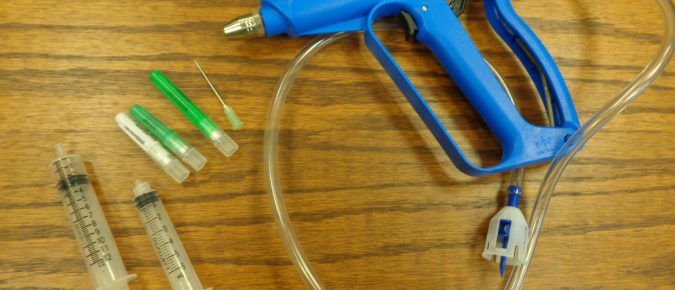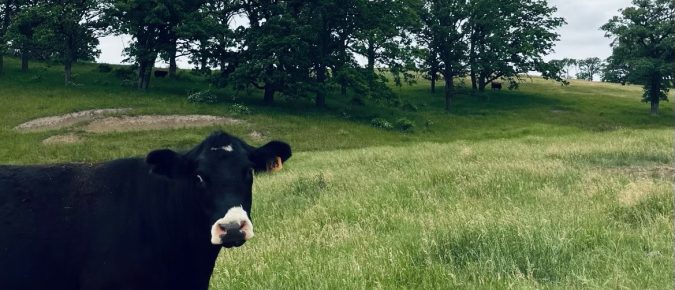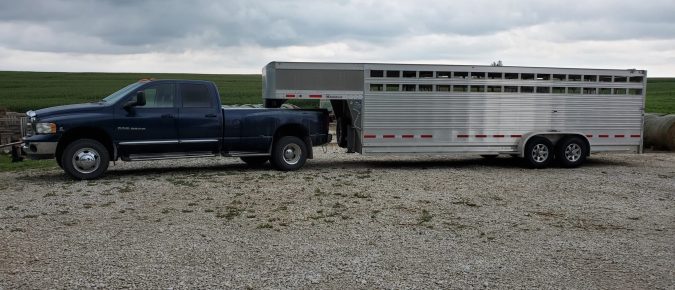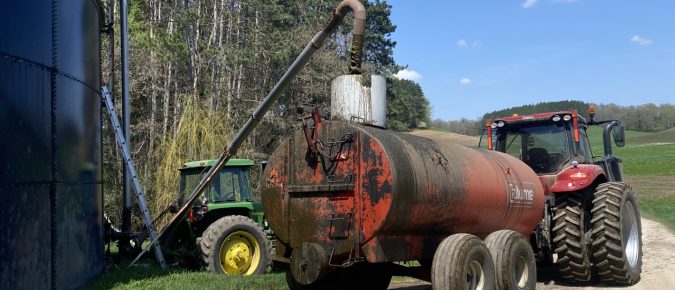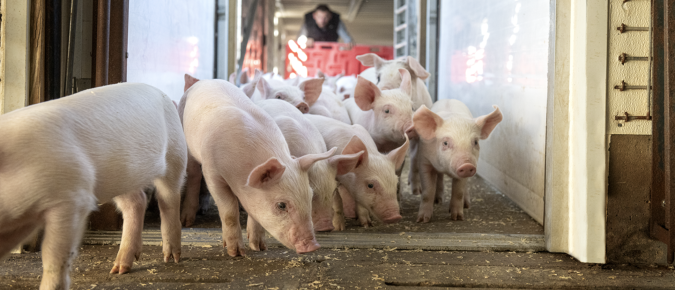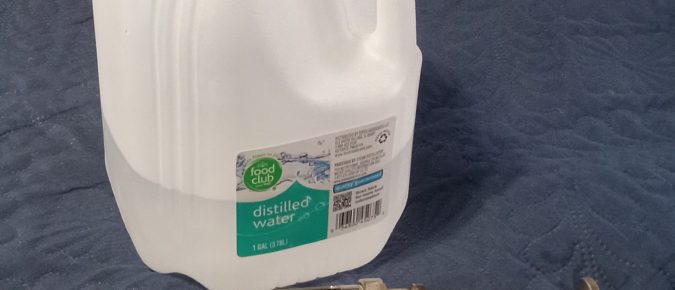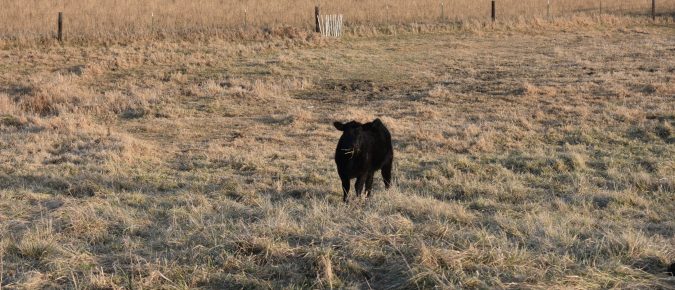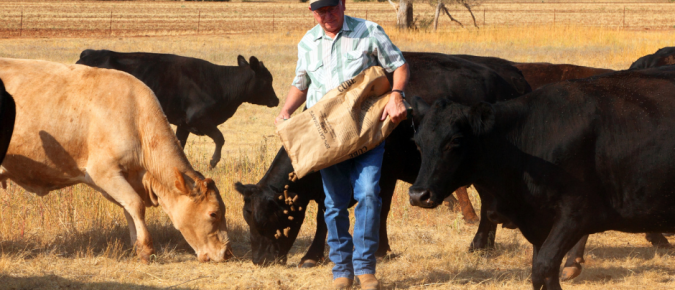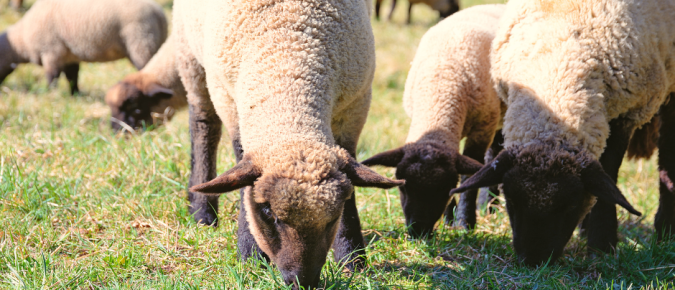Using the right equipment when vaccinating your cattle requires the right tools. The correct syringes and needles must be used in addition to a well-designed and functioning headgate to restrain cattle so injections may be safely administered in the neck area.
For decades, livestock producers have moved animals on and off the farm by way of sale, leasing, renting, and between other facilities or pastures owned by the farm. With these movements comes the risk of the introduction or spread of disease.
The frequency of hauling cattle varies from farm to farm. Some farms haul on a regular basis and others only a few times a year. In either situation, breaking down alongside the road — or even worse, in a traffic crash — while hauling cattle is not on anyone’s bucket list.
In the increasing discussions about how to address climate change there are conflicting claims about the need to address methane (CH4) emissions. Some people argue that methane emitted by cows is a primary cause of climate change. Others argue that methane from beef and dairy production is not of much concern because of its relatively short duration in the atmosphere.
Summer brings higher temperatures and oppressive humidity levels. Heat stress poses a significant risk to pigs and the people taking care of them. By taking necessary precautions we can minimize the challenges and risks associated with the high temperatures.
A hot fair leaves fair exhibitors looking for coolness for both themselves and their fair animals. When temperatures reach above 80 degrees and the relative humidity is above 65 percent, comfort is certainly compromised. This kind of weather can be especially deadly for swine, as they have nonfunctioning sweat glands. Effects of heat stress are […]
Properly cleaning, sanitizing, and storing multi-dose syringes and transfer needles will reduce contamination from many viruses, bacteria, and fungi. The steps described here use only tap and distilled or deionzed (purified) water and do not render the equipment sterile.
Rainfall through the heart of the Midwest and for most producers across Wisconsin has been a topic to avoid this past spring and summer. Hot summer days were not usually followed by stormy afternoons and much-needed rainfall.
Rainfall has been scarce in Wisconsin this growing season with most parts of the state in moderate to severe drought. While some parts of the state have recently received some much-needed rain, forage yield has already been reduced and we don’t know what the rest of the growing season will bring.
Understanding the relationship between forages, sheep, and parasitic stomach worms (helminths) is the first step in creating a management strategy to increase animal production and decrease anthelmintic resistance (AR

